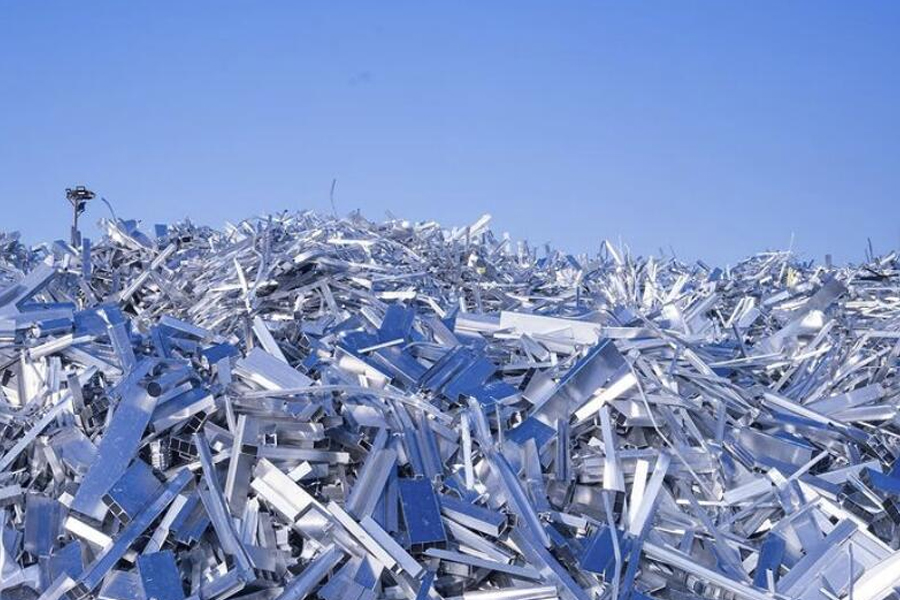
Aluminium is a perfect material for the circular economy: It is strong, light, durable and infinitely recyclable when done in the right way. Most aluminium producers offer recycled aluminium as greener alternatives to meet your needs in a more sustainable way.
However, not all recycling is equal in terms of its environmental impact – it depends on where the material comes from, and whether it has lived a useful life in a product before. What makes it complicated is that aluminium companies have different ways of calculating the environmental impact of their materials. There is no common standard that can guide buyers, designers, architects and engineers when it comes to the sustainability of recycled aluminium.
Let me explain.
To understand if your recycled aluminium is better for the environment, you need to know where the material originally comes from. The higher the recycled post-consumer content in aluminium, the lower the carbon footprint.
If your recycled aluminium is from recycled beverage cans or discarded car parts, its CO2 footprint is close to zero, as recycling aluminium only requires 5% of the energy it takes to produce it the first time around. Post-consumed scrap is therefore the greenest recycled aluminium.
Aluminium can also be recycled from production waste or pre-consumer scrap. And it makes sense to bring this material back into the loop instead of leaving it at the scrap yard. However, as this aluminium has never been used in a product and had a useful life before, it carries with it the same CO2 footprint as the original aluminium – plus 5% from the recycling process.
 English
English  日本語
日本語  한국어
한국어  français
français  Deutsch
Deutsch  Español
Español  العربية
العربية  tiếng việt
tiếng việt  ไทย
ไทย 







